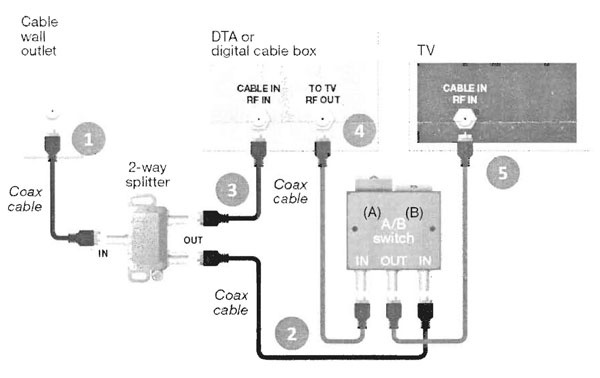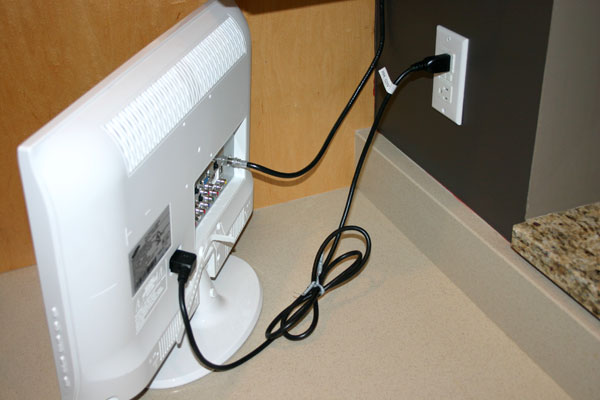Definitely Not Comcastic
March 4, 2011 — by Per Christensson
In Comcast's advertisements, they often use the word "comcastic" to describe their services. If this term at all implies Comcast services are fantastic, I think Comcast should choose a new adjective. Near the end of 2010, Comcast introduced its "Xfinity" service. This new service was supposed to provide customers with a broad array of HD channels and new features. Where I live, the exact opposite happened.
I used to plug most of the televisions in my house directly into nearby cable wall outlets. I only used a cable box for my main television in the family room. While I couldn't watch premium channels, On Demand shows, or DVR recordings on TVs without a cable box, I didn't care. I still got most of the channels I wanted (ch. 1 -75) directly through the wall outlet.
When Comcast rolled out Xfinity, they "upgraded" their system, which caused channels 23 and above to be scrambled unless you connected your TV to a cable box or a proprietary Comcast adapter. I received two of these adapters from Comcast and connected them to TVs that were previously connected directly to wall outlets. When I connected the adapters, two horrible things happened. 1) The picture quality got worse on all the channels, and 2) all the local HD channels were gone. That's right, Comcast's big upgrade that was supposed to introduce several times more HD removed all my local HD channels.
Furthermore, the Comcast adapters require a proprietary remote control. And this isn't a typical cable box remote, it is the most basic piece of junk you can imagine. It has a numeric keypad, volume controls, and, well that's about it. I guess it does have channel up and down buttons, but they don't work. My TV remotes had "favorites" buttons that I would use all the time, and now with these new remotes, that option is gone. However, I still need the TV remote to adjust the television settings, so I always need to have both remotes available.
I called Comcast and described the situation. The representative said he was aware of the issues, but that is how the new system works. Since I was upset that I lost my HD channels, Comcast offered to send me a few A/B switches. These switches have two buttons (labeled A and B), and route the incoming signal one way or the other depending on which button is pushed down. Cutting edge technology. I received the switches in the mail and connected them to two of my TVs. Now, when I want to watch my local channels in HD, I press the "A" button. If I I want to watch ESPN, CNBC, or any other cable channel above ch. 23, I have to get up, walk over to the switch, push the "B" button, switch from the TV remote to the Comcast remote, then sit down. It is quite a hassle.
What used to be so simple is now ridiculously complex. I hope the following "before and after" images illustrate my point.
Before: (This drawing shows how I used to connect my TV to the cable outlet.)

After: (Here is the new cable TV connection diagram provided by Comcast.)

Ridiculous? I think so. While the above pictures help illustrate my point, nothing beats a real-life example. Therefore, I took before and after pictures of my kitchen TV, which are shown below.
Before: (This is how my TV connection looked before the Comcast upgrade.)

After: (This is how my TV connection looks now.)

Wow, that is some upgrade. While Xfinity was supposed to provide a wide array of improved services, I have only received a wide array of extra boxes and cables. I just want things to go back to the way they were, with one cable and one remote. Is that too much to ask? Apparently it is.
 Home
Home February 26th
February 26th